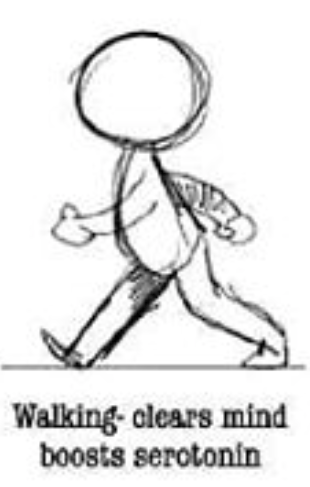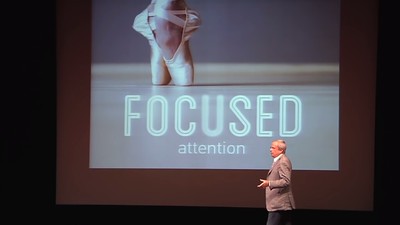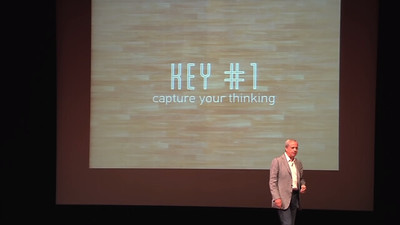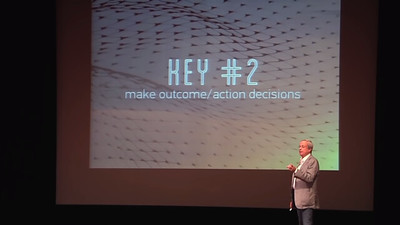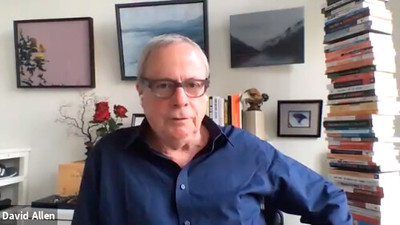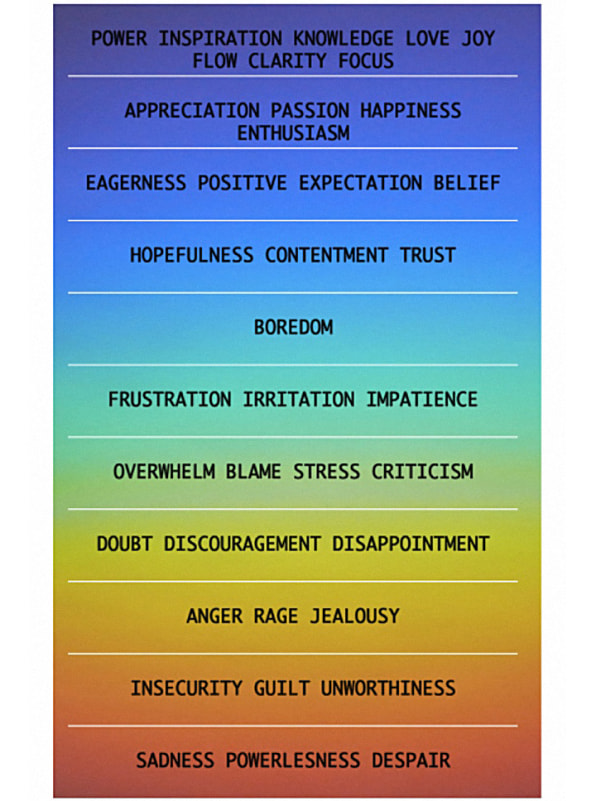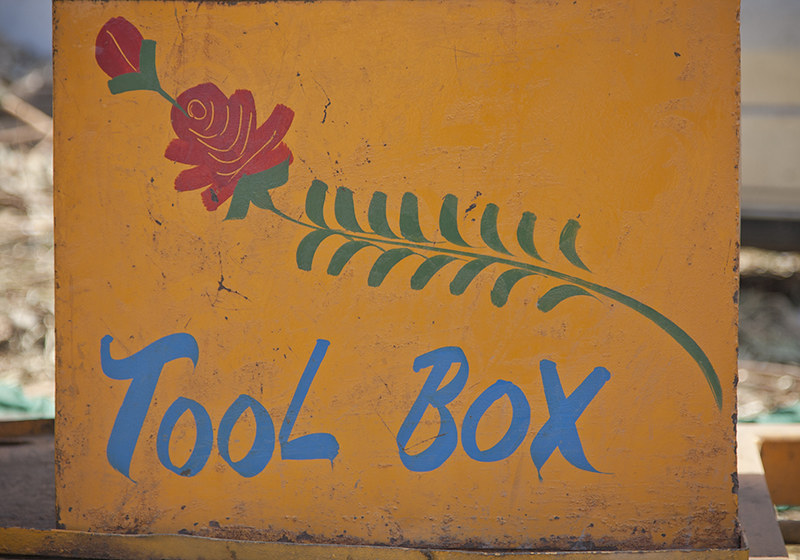| TOPIC | YOUR NOTES |
| 1. Who is the protagonist? | Sheriff Woody |
| 2. Who is the antagonist? | Gabby |
| 3. What is the conflict? | Woody has to either come to the realization that Bonnie doesn’t love him anymore and it’s okay to let Bonnie go, or continue his toy life as a toy that Bonnie doesn’t really care about. |
| 4. What is the theme or central, unifying concept? | dont stop loving |
| 5. How is the story told (linear, non-linear, with flashbacks, flash-forwards, at regular intervals) | linear |
| 6. What “happens” in the plot (Brief description)? | Woody, Buzz Lightyear, and the rest of the gang embark on a road trip with Bonnie and a new toy named Forky. The adventurous journey turns into an unexpected reunion as Woody’s slight detour leads him to his long-lost friend Bo Peep. As Woody and Bo discuss the old days, they soon start to realize that they’re worlds apart when it comes to what they want from life as a toy. |
7. How does the film influence particular reactions on the part of viewers (sound, editing,
characterization, camera movement, etc.)? Why does the film encourage such
reactions? | mostly visuals, every part of the film is top-notch and every scene the editing is really good and they put like easter eggs and things like that in the editing and making sure that there are no mistakes, these parts make it a really good film |
| 8. Is the setting realistic or stylized? What atmosphere does the setting suggest? Do particular objects or settings serve symbolic functions? | the atmosphere and setting are realistic and a lot of objects in the film are symbolic |
| 9. How are the characters costumed and made-up? What does their clothing or makeup reveal about their social standing, ethnicity, nationality, gender, or age? How do costume and makeup convey character? | they are kid toys so they are meant to be dressed up so they all are something different like woody is a sheriff and mr.potato is a potato head and having them all different is unique because they all have their own traits and personalities |
| 10. How does the lighting design shape our perception of character, space, or mood? | the lighting was very realistic and it sets the mood |
| 11. How do camera angles and camera movements shape our view of characters or spaces? What do you see cinematically? | the camera angles and views give us good aspects of the characters pov and shows important things |
| 12. What is the music’s purpose in the film? How does it direct our attention within the image? How does it shape our interpretation of the image? What stands out about the music? | the music in this film sets a happy mood and a funny mood because I mean they have to make people laugh so they gotta make it comedic. This film wouldn’t be as good as it is without the humor side of it |
| 13. How might industrial, social, and economic factors have influenced the film? Describe how this film influences or connects to a culture? | this film influences people because it shows us that we don’t have to stop loving someone just because they’re not in our lives anymore. There’s going to be a time when we won’t be there for someone we love, and there will be a time when they won’t be there for us |
| 14. Give an example of what a film critic had to say about this film. Use credible sources and cite sources.Example: “The Shawshank Redemption Movie Review (1994) | Roger Ebert.” All Content. N.p., n.d. Web. 24 June 2015. | “Pixar by the numbers, this third and largely unnecessary sequel to Toy Story delivers everything you’d expect from the animation studio, minus the warmth, wit, and dread.”
“Toy Story 4 Review (2019) | Ben Sachs, 10 December 2019 |
| 15. Select one scene no longer than 5 minutes that represents well the whole film and shows relevant cinematic elements. Write a one-sentence description of the scene and record the time of the scene. | the whole film leads up to the last scene when Woody says his goodbye for real this time and all the characters will always love woody |
| 16. In the selected scene: write a sentence for each of the elements below to justify why this scene best represents the film: | |
| a. Screenwriting: | really powerful and sad at the same time |
| b. Sound Design: | as good as usual |
| c. Camera Movements/Angles: | good camera movements |
| d. Light Setup: | mellow lighting setting the mood |
| e. Soundtrack: | fits the situation |
| 18. What’s the socio-cultural context of this film? | the socio-cultural context has something to do with loyalty and self-sacrifice and it shows that It’s okay if we don’t know who we are as long as we are trying, and the only thing we have to do is be good to one another |


